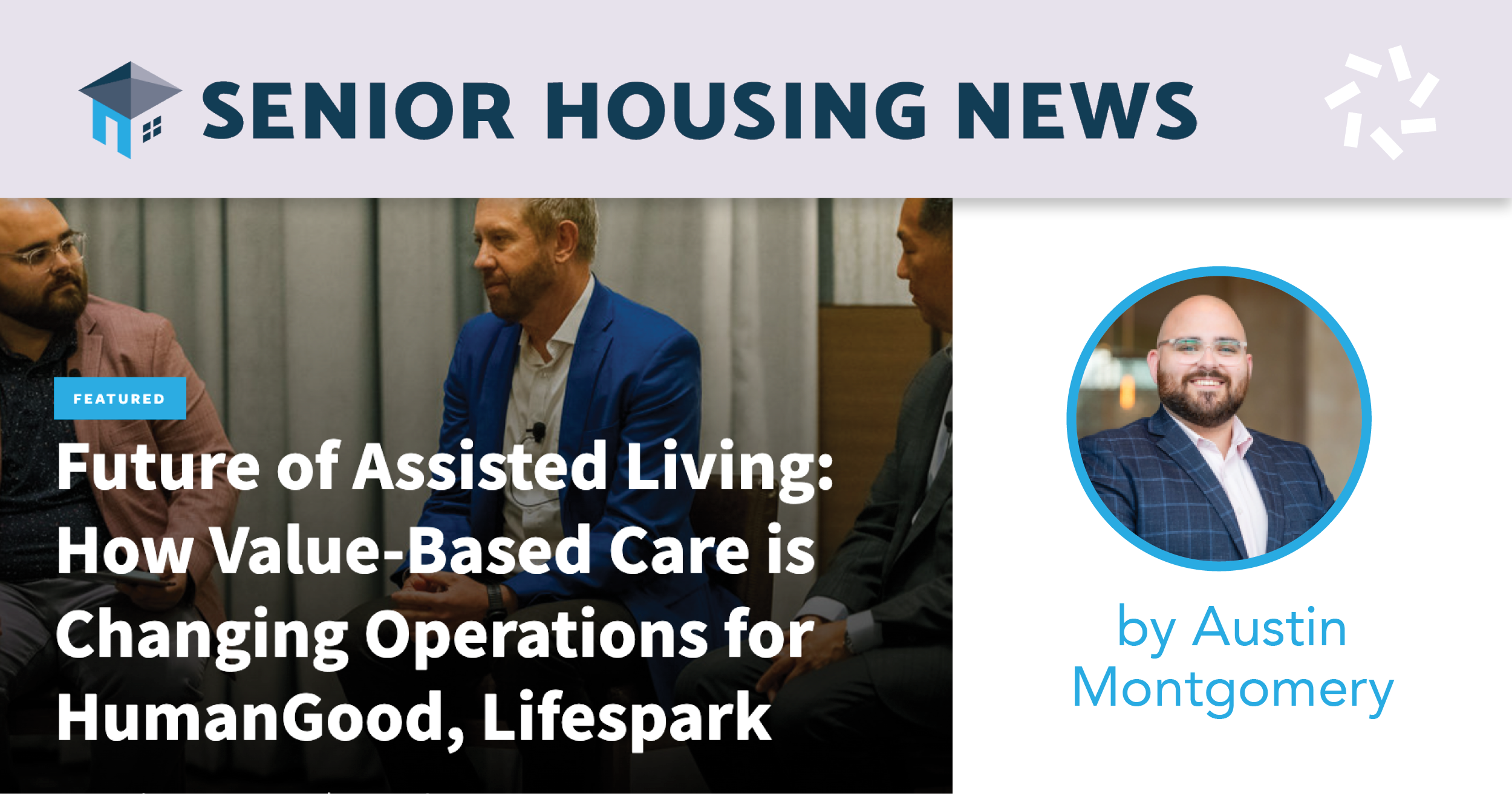From the Lifesprk long-term care insurance blog series
Many people think that long-term care insurance (LTCi) is only for nursing home coverage at the end of your life and doesn’t cover care at home, especially expensive 24/7 home care, or assisted living facilities. Many also think that the time to buy is right before you’d buy burial insurance, when you’re 80 or 90 years old. These are common misconceptions that can dramatically change your life for the worse.
In fact, waiting until age 80 or end of life may mean you’ll miss out on LTCi completely because you’re not likely to qualify medically, it will have become unaffordable or you’ll be beyond the age when policies can be purchased, which currently is age 84. But, once you have a policy you can keep it and use it the rest of your life, until you are 90, 100 or 110!
Right now there is a significant, growing need for long-term care. Almost 13 million Americans today require long-term care, 3% are children and just over half are people over age 65. The major surprise: 40% of the people requiring long-term care are working age people between the ages of 18 and 65! In addition, 44 million Americans have chronic conditions like diabetes and arthritis that will most likely require long-term care at some point in the future.
So what are the reasons you may need long-term care services when you’re under age 65? Here are a few examples:
- Injuries from accident
- Complications from surgery
- Cancer
- Brain Damage due to: car accident, ruptured aneursym, lack of oxygen to the brain
- Spinal Cord Injuries
As you can see, many of these injuries or conditions are every day, garden variety medical issues that will be taken care of by your health insurance or Medicare while you are in the hospital. However, after you leave the hospital, if the recovery requires an extended period of time or you reach a point where the condition becomes chronic, then you may need long-term care services. A tragic example of this happened to the man known for playing “Superman,” Christopher Reeve. He had a horseback riding accident when he was 37 and was a paraplegic for the remaining 10 years of his life. Think of the horrendous cost to his family for his care, the vast majority of which would have been covered by a LTCi policy.
Furthermore, certain medical conditions become more prevalent as we get older. Because their bones are becoming brittle, the elderly are more prone to falls and fractures. The probability of Alzheimer’s disease at age 80 is 20%.
Here are a few other reasons people age 65+ need long-term care:
- Fractures/falls
- Stroke
- Parkinson’s disease
- Diabetes
- Emphysema
- Alzheimer’s disease
Once again, we are used to thinking that these conditions are always covered by health insurance or Medicare, but what happens when you leave the hospital? Once Ronald Reagan was diagnosed with Alzheimer’s and his condition was made public, he lived another ten years. Can you imagine what a devastating effect that must have had on his family and estate?
Typical Progression of Care
When people are dealing with chronic conditions, there is often a progression of care that occurs, and it starts with family and friends and becomes greater over time
- Assistance from family and friends
- Basic home care services for assistance with daily living activities like bathing, dressing, eating, toileting and homemaker services like food preparation and housekeeping
- Professional home care from registered nurses and licensed therapists
- Assisted living facilities
- Nursing homes
Cost of care in Minnesota
1 Year 5 Years
Home Health Care $57, 200 $286,000
Assisted Living Facility $38,580 $192,900
Nursing Home $77,380 $386,900
Source: Genworth Financial Market Survey of Home Care Costs, 2010
Where does the money come from to pay for LTC??
- 17% from Medicare and other public sources
- 10% from private insurance
- 29% from out-of-pocket and other private sources
- 44% from state welfare funds [Medicaid]
What’s especially tragic to note is that half of the people who end up relying on the state, 22%, start out paying out of their own pockets, spending through everything they have and end up having to rely totally on the state for their care.
Most people have some basic knowledge about long-term care and long-term care insurance, unfortunately, most of what is known is not correct. It is easy to miss crucial elements needed to have a solid basis for making an informed decision about how to protect yourself and family in terms of long-term care. As a long-term care provider, Lifesprk can help provide you with the information you need to know. Because we are not selling any insurance product, we can help you determine what is best to fit your needs now and in the future. And we can share many examples of people who would have benefited from a LTCi policy.





